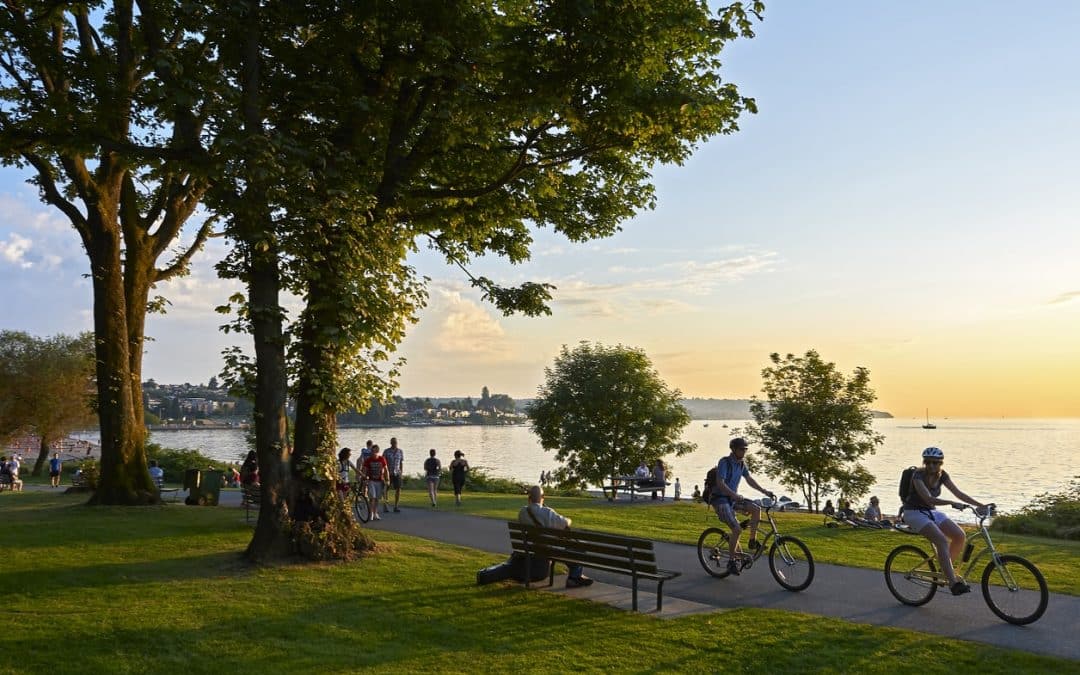Natural Environments are Good for our Wellbeing
Yale Environment 360 is an online magazine published at the Yale School of Forestry and Environmental Studies. They offer opinions, analysis, reporting, and debate on global environment issues, and one of their latest articles covers the importance of spending time in natural environments, The number of studies determining how nature improves our wellbeing has drastically increased since 2005 after author Richard Louv coined the term “Nature Deficit Disorder.” It has now been proven that spending time in natural environments is necessary for wellbeing. Some of the health benefits include:
- Reduced levels of stress and anxiety
- Lowers your risk for risk of type II diabetes, cardiovascular disease, and premature death
- Reduces inflammation
- Improves creativity and productivity
- Leads to a more positive outlook on life and promotes a calm, uplifting mood
- Improves the immune system
- Leads to increased levels of physical activity
- Reduces feelings of isolation or loneliness
How Much Time Should We Spend In Nature
While some of the above listed benefits can be felt or noticed immediately after spending time in a nature, a recent study discovered the exact amount of time that is needed to experience optimal wellbeing. This study, led by Mathew White of the European Centre for Environment & Human Health at the University of Exeter, included nearly 20,000 participants and focused on the amount of time they spent in green spaces. Optimal feelings of mental and physical health peaked between 200-300 minutes per week, with very few benefits being reported at less than 120 minutes per week.
The conclusion of the study was that individuals must spend at least 120 minutes per week in natural environments. The good news is, it didn’t matter how this time was accumulated over the week. It could be in bouts of 5 minutes, 20 minutes, or even the entire 120 minutes in one day. This makes it a very achievable goal for anyone, regardless of their schedule. Some examples of time spent in green spaces and natural environments include:
- Spending time in public park reading, walking, running, bicycling, bird watching, walking your dog, etc.
- Spending time at the beach, sunbathing, reading, walking, running, surfing, swimming, etc.
- Going on a nature hike or walk.
- Having your lunch or coffee break outside, whether in the city park or a luscious courtyard.
- Going camping.
- Taking a walk along the river
- Spending time at the beach
- Photographing nature and wildlife
As you can see, the list goes on and on! The main goal is choose a space that is as green or as natural as possible. If your neighborhood is wooded or has mature trees and plant life, it could be as simple as taking a walk around the block. For more information on the studies mentioned above or to learn more about the health benefits of spending time in nature, click here!



